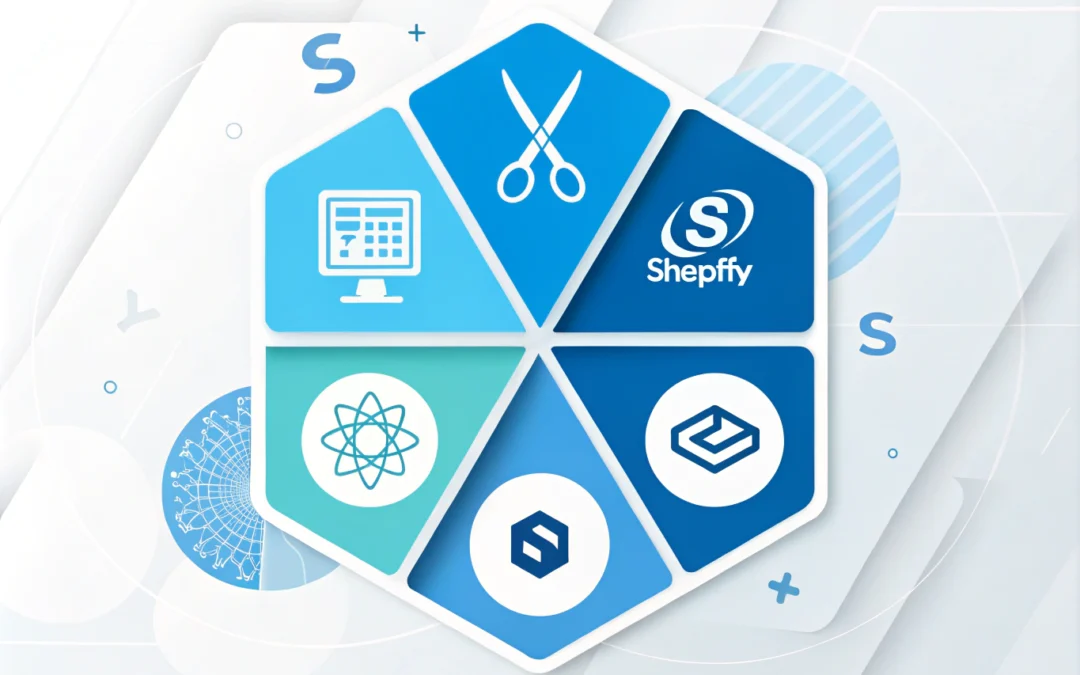Understanding the Need to Cancel Your Shopify Subscription
As you build and grow your business, strategic decisions are crucial to your success. One such decision might involve cancelling your Shopify subscription. Whether you’re restructuring, pivoting, or exploring other e-commerce platforms, understanding how to manage this process effectively is vital. For a detailed guide, you can refer to how to cancel shopify subscription.
Steps to Cancel Your Shopify Subscription
Assess Your Business Needs
Before making any moves, evaluate why you need to cancel your Shopify subscription. Reflect on your business objectives and assess whether Shopify aligns with your long-term goals. Analyze your current performance metrics, such as sales growth, customer engagement, and operational efficiency, to ensure that your decision supports your business strategy.
Backup Your Data
Ensure you secure all necessary data before cancellation. Export customer information, sales data, and inventory reports. This information will be invaluable as you transition to new platforms or business models. Data protection and accessibility are essential to maintaining continuity in your business operations.
Understand the Cancellation Process
Log into your Shopify account and navigate to the “Settings” section. From there, select “Plan and permissions” and scroll down to find the “Close store” option. Follow the prompts carefully, as this process will guide you through important considerations, such as handling outstanding charges or potential refunds.
Communicate with Stakeholders
Transparency with your team and stakeholders is key. Inform them of your decision to cancel the Shopify subscription, outlining the rationale and the expected impact on your operations. Clear communication fosters trust and helps in aligning everyone with the new direction your business is taking.
Business Strategy and Growth Implications
Explore Alternative Platforms
Cancelling your Shopify subscription opens up opportunities to explore alternative e-commerce solutions that might better suit your business needs. Platforms like WooCommerce, BigCommerce, or Magento offer different features and integrations. Evaluate these options based on their scalability, customization capabilities, and cost-effectiveness.
Financial Implications
Consider the financial impacts of cancelling your Shopify subscription. Analyze the cost savings and potential investments required for new platforms. According to a 2023 survey, businesses that switched platforms reported a 15% reduction in operational costs on average, allowing reallocation of resources to growth initiatives.
Re-evaluate Customer Engagement
Your decision may affect how you engage with customers. Consider how new platforms can enhance user experience and streamline purchasing processes. Improved customer satisfaction can lead to increased loyalty and higher sales, directly contributing to your business growth.
Actionable Business Recommendations
1. Conduct a Comprehensive Review: Regularly review your e-commerce strategy to ensure alignment with your business goals. Periodic evaluations can prevent misalignments and promote proactive decision-making.
2. Invest in Training: Prepare your team for transitions by investing in training and development. Skilled teams adapt better to new systems, maintaining productivity and morale.
3. Prioritize Customer Feedback: Engage with your customers to understand their preferences and expectations. Use this information to refine your approach and deliver value that resonates with your audience.
4. Leverage Analytics: Use data analytics to monitor the impact of your changes. Track key performance indicators (KPIs) to assess success and identify areas for improvement.
Your journey in the tech world is just beginning, and every decision is a step towards innovation and growth. By strategically managing your e-commerce platform, you empower your business to thrive in any environment.
Checkout ProductScope AI’s Studio (and get 200 free studio credits)

